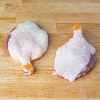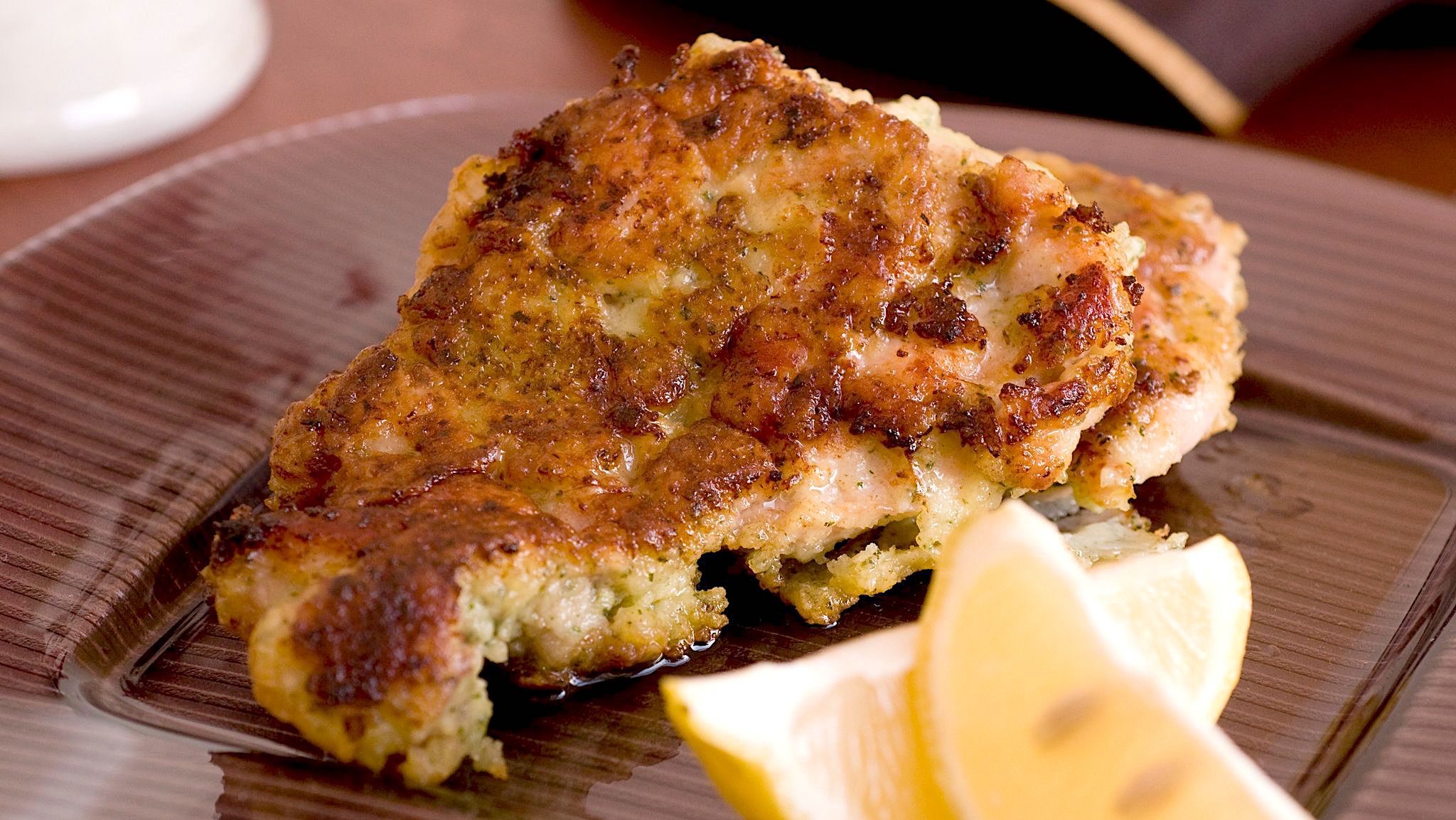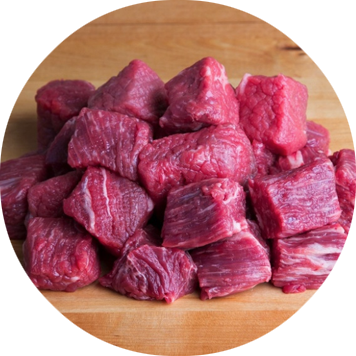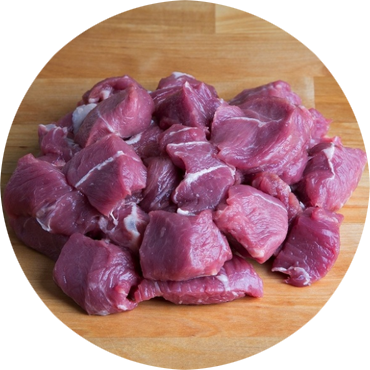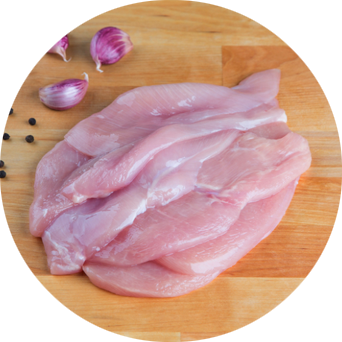Sear Duck Legs
Drain beans, and set aside. Heat a large Dutch oven over medium-low. Pat duck legs dry. Add 4 duck legs to Dutch oven, skin sides down, and cook until fat is rendered and skin is golden brown, 25 to 30 minutes. Flip duck legs, and cook, skin sides up, until bottoms are lightly browned, about 2 minutes. Transfer duck legs to a rimmed baking sheet. Pour rendered fat into a medium-size heatproof bowl; reserve for another use. Repeat process with remaining 4 duck legs, pouring off all but 1 tablespoon of rendered fat in Dutch oven after cooking second batch.
Braise
Using the flat side of a knife, smash garlic cloves. Tie thyme bunches together with butcher’s twine. Heat Dutch oven with 1 tablespoon rendered fat over medium. Add smashed garlic cloves, thyme bundle, and bay leaves. Cook, stirring constantly, until fragrant and garlic is lightly browned, about 2 minutes. Return duck legs to Dutch oven along with any accumulated juices on baking sheet. Increase heat to high, and add wine, stirring and scraping up any browned bits from bottom of Dutch oven. Cook until liquid is reduced by half, 12 to 15 minutes. Add drained beans, potatoes, and duck stock. Bring to a boil over high. Reduce heat to medium-low, cover, and simmer, stirring occasionally, until duck legs are tender and cooked through and beans and potatoes are tender, about 2 hours.
To serve
Remove and discard thyme bundle and bay leaves. Transfer 3 cups bean mixture to a medium bowl. Using a fork or potato masher, mash mixture until mostly smooth. Stir bean mixture back into stew. Stir in remaining 1 1/2 tablespoons salt. Cook over medium-low, uncovered, stirring occasionally, until stew is slightly thickened, about 15 minutes. Stir in kale during last 2 minutes of cooking. Serve with toasted baguette slices.

